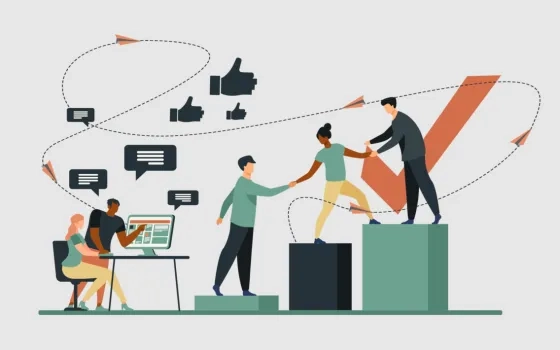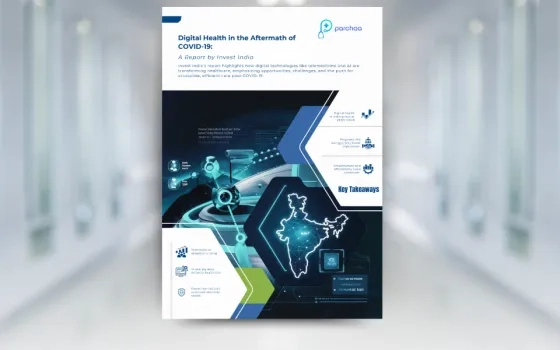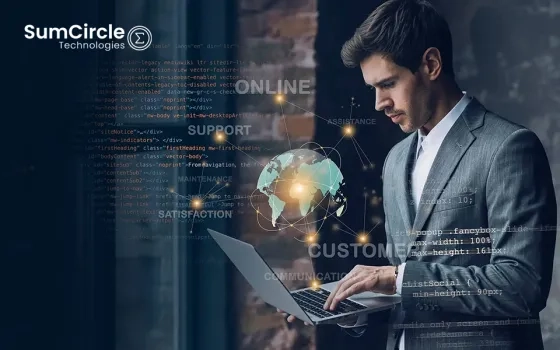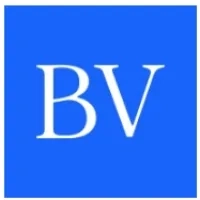The pandemic has put leadership, and leaders, to the toughest test, as leaders reveal themselves!
In a remote, and now hybrid, work environment, both leaders and their teams have had to put additional efforts to ensure that the organizational culture and its core fabric are upheld. On 26th November 2021, the Ascent Foundation held its annual eConclave 2021 on the theme of Decoding Disruption. Two of the most iconic leaders of the Tech industry in India came together virtually to talk about what is going to be the leadership of this new future.
Debjani Ghosh, President NASSCOM discussed and exchanged views with Rishad Premji, Executive Chairman, Wipro Limited in a very enlightening and candid session on “Deconstructing Leadership”. Here are the learnings from the discussion.
What are the most critical elements that will sustain and drive an organization through this constantly evolving normal?
The two most important drivers of an organization’s sustenance, growth, and continued contribution to all stakeholders are its value system and its sense of purpose
Shared value systems are built together by the people who come together to be the organization that they envision. How can leaders ensure that a strong value system is built, imbibed, and actively enriched by the organization as it evolves and grows?
Leaders suggest:
- Get rid of the "master – subservient" mindset
Family-run organizations suffer from this tendency a lot and need to make extra efforts to put together a professional, institutionalized leadership and management construct, with minimal executive involvement of the owner family.
- Build a system of values
- Attract people with similar mindset (but avoid group think)
- Spend time with great sources of talent to identify bright stars early in their academic journeys
- Don't just say, but create a environment that offers the freedom to grow and drive innovation
- Hire professionals, empower them, and let them do what they do best
- Spend good amount of time to get a good feel of the “right fit” and build rigor with background checks
- Spend time with people and percolate that mindset down to the last managerial level
- Learn from failures fast and communicate about the shift
- Try not to throw good money after bad if projects or initiatives do not appear going the way they were initially envisioned
- Wrap up from failing attempts quickly so as not to drain out the team
- Create a vision of the future that is real, achievable, and generates a sense of purpose
- Do not take anything for granted – strategies can evolve and should evolve
- Focus on the foundational things that help you survive changes – value system and sense of purpose are the cornerstones of an organization – obsess with refining them and driving organizational strategies around them
- Articulate the values – they may change in keeping with contemporary times, but the essence is the same
- Get inside-out, outside-in, top-down, and bottom-up perspectives as these can help change rather than limit yourself – values create the opportunities for behaviors to emerge. Behaviors create expereinces, experiences build lasting habits.
- Execute on your responsibility to the environment and climate, social equity. Make this a key talent attraction agenda
- Uphold highest standards of integrity and governance to attract the best employees and customers
How can an organization and its leadership enable building the right behaviors?
- It’s a journey, not a destination – behaviors align with values that need contextualization, and behaviors and habits also need to be given adequate time to build and become inherent
- Use stories to demonstrate – make story-telling a way to convey ideas rather than ppts
- Behaviors are the most controllable by each individual, and hence, these can be not only be self-governed, but with some structure, these can be measured, observed, and changed over time
- Call it out when the right behavior is not observed, but with utmost empathy
- Conveying “what is the right behavior” is important
- How it is called out is even more important
What is the test of a strong organizational foundation, i.e., that the right value system and the required sense of purpose have percolated and are being demonstrated?
- Leaders should rely on informed intuition – metricizing is different from intuitively perceiving, but combined they provide a complete picture. Some metrics can work – more to understand where the instituted system led by values and behaviors is failing
- It is important to institutionalize a company’s value system in its people processes – in appraisals, in performance rating, in the talent review planning process, and even in informal feedbacks by leaders/managers at every level
- 360-degree surveys that are anonymous can be a powerful way to provide broader feedback, most importantly to help build a culture of self-awareness
How will, or is, leadership evolving to keep in times with the emerging new normal and what can leaders do to prepare themselves, without sacrificing their personal wellbeing?
Leadership is at an inflection point with diverse and dynamic signals impacting its core constituents.
- What is successful leadership – the very definition is getting redefined
- Archtypical military-style top-down leadership approach is not relevant in current times
Leadership in a connected, informed world has to be different – it is more discovery-based, collaboration-led, leadership of authenticity
-
- Leadership is also more fluid – requiring much greater flexibility to adapt to new ideas, unlearn and relearn quickly, and repeat the cycle at a faster rate
- Empathy, humility, acceptance of vulnerability, and authenticity – towards the value system and the purpose – are becoming more pertinent constituents of this new leadership of the next normal
- What are leaders, therefore, is also evolving. Leaders have to realize that they are not in-charge of things, they are in-charge of people who are in-charge of things. Leaders suggest:
-
- Building self-learning styles rather than following established ones – leadership constituents are the same, but how they are applied to each leader’s context is different
- Reading more – be very selective about what to read as it is easy to be overwhelmed by all the information around.
- Using recommendations effectively – talk and listen to ideas from a diverse set of people
- Getting comfortable with unnerving ideas – new technologies and their applications will upend investments and traditional ways of working, but exploring them early rather than later will be critical
- Aligning leadership to the new hybrid model will be key
- Future of work in a hybrid model is a profound change that will require deliberate rethinking and continuous modifications of what works, with effective use to technology
- Balance between fully remote, hybrid, and fully onsite will require innovative work and workplace modelling – companies envision 5-10% of fully remote workforce, especially ones with special needs or women with complex responsibilities. It is important to bring back the rest of the workforce for continued cultural assimilation and an easier and more seamless exchange of ideas
- Building experience continuity for offline and online will be important to reduce the non-inclusive experience – that could hamper cultural integration. 70% of the people want to be connected and these are the same 70% who want flexible work options
- Leaders will also be required to reimagine the fast-evolving role of technology
- Connectivity – of people is done. Now it will be devices, digital products to serve the individual
- Information – more democratized, will serve as a great equalizer. The premium will be on the ability to utilize it in innovative ways, fast
- Customer-centricity – will evolve to be about the “Segment of One” with the rise of the individual
- Human lens – to technology use and outcomes will reorient the way products, solutions, and services are imagined
- New-age leaders and entrepreneurs will find themselves more stressed – destressing will be equally important
- Force balance – this is key. But may not need over-the-top measures, only simple changes in lifestyle
- Draw a line around work times, meetings, and objectives to be accomplished
- Do not work life away – find time to delink and rejuvenate
- Use sleep and exercise as much as possible – both have a strong positive correlation to a happier, more productive day
- Allocate time to think out of the box, aside of everyday operations
- Make time to upskill
- Don’t worry so much. Do not overcomplicate things, do not overthink – it can cause exhaustion
- Stay humble and stay hungry
Leaders, and their leadership styles, will have a more one-to-one impact on all interactions. Emerging trends call for a flexible, learning-driven, collaborative-style that evolves with time.

















